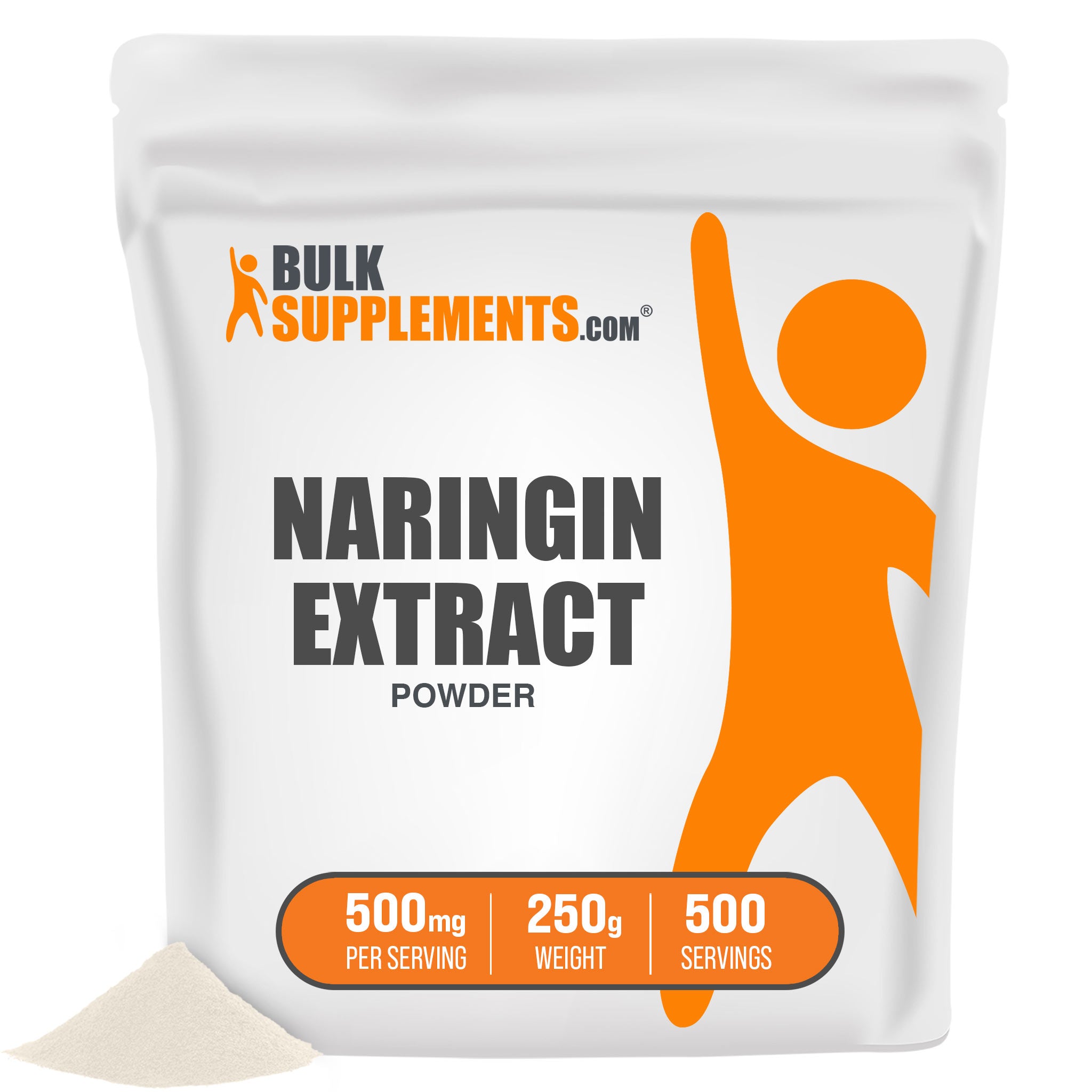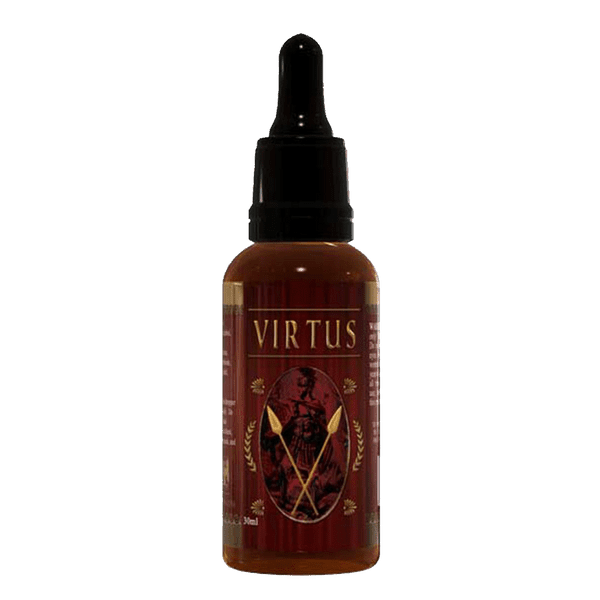Koveras
Member
- Joined
- Dec 17, 2015
- Messages
- 720
RP has said the opposite. He thinks they are fairly powerful anti-estrogens. I think haidut has posted some studies about this too.
When did Ray say that? I never saw that heard that read that. Maybe he did, but I am positive, 100%, looking at studies, that it is a phytoestrogen. There are many many studies showing this. It may in some cases not be estrogenic but it is not a simple matter.
"Breast Cancer
Orange juice and guavas contain aromatase inhibitors, and aspirin and progesterone are other inhibitors. Aspirin and progesterone also oppose the effects of HER2/neu on aromatase and estrogen. (Reference)"
Ray Peat Email Exchanges - Ray Peat Forum Wiki




